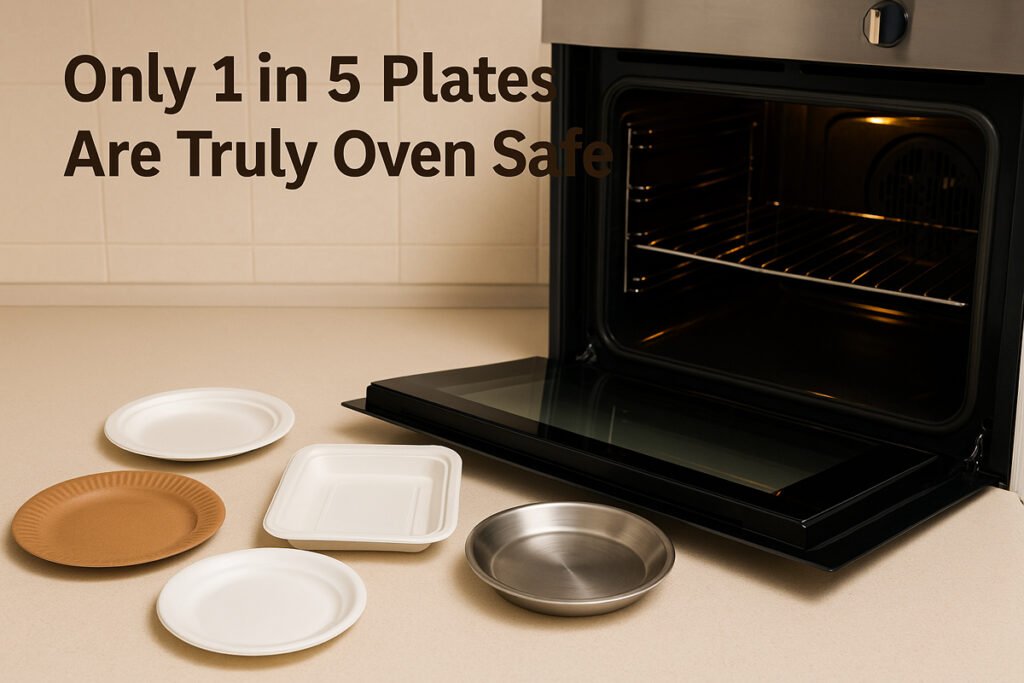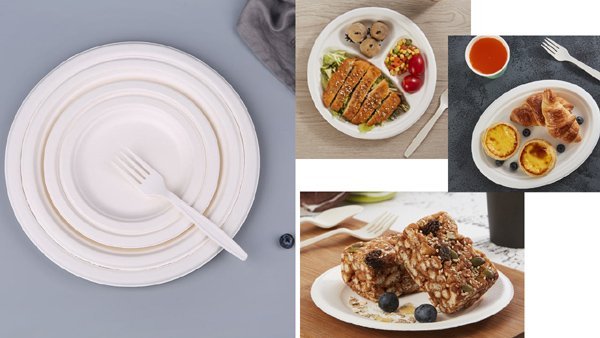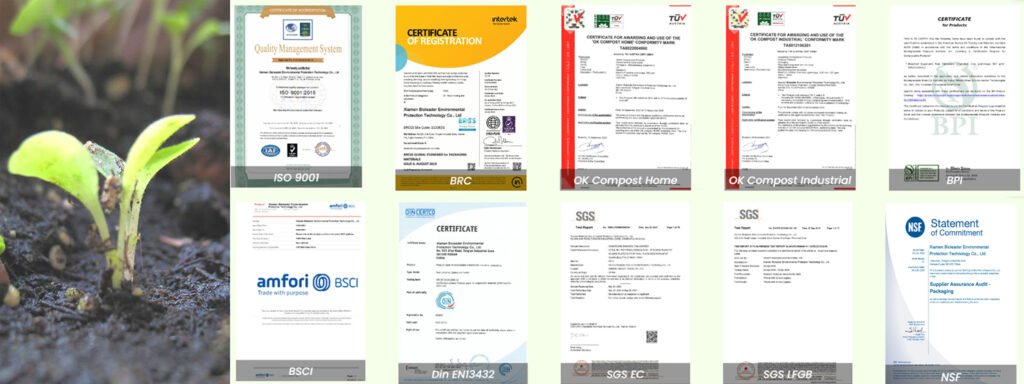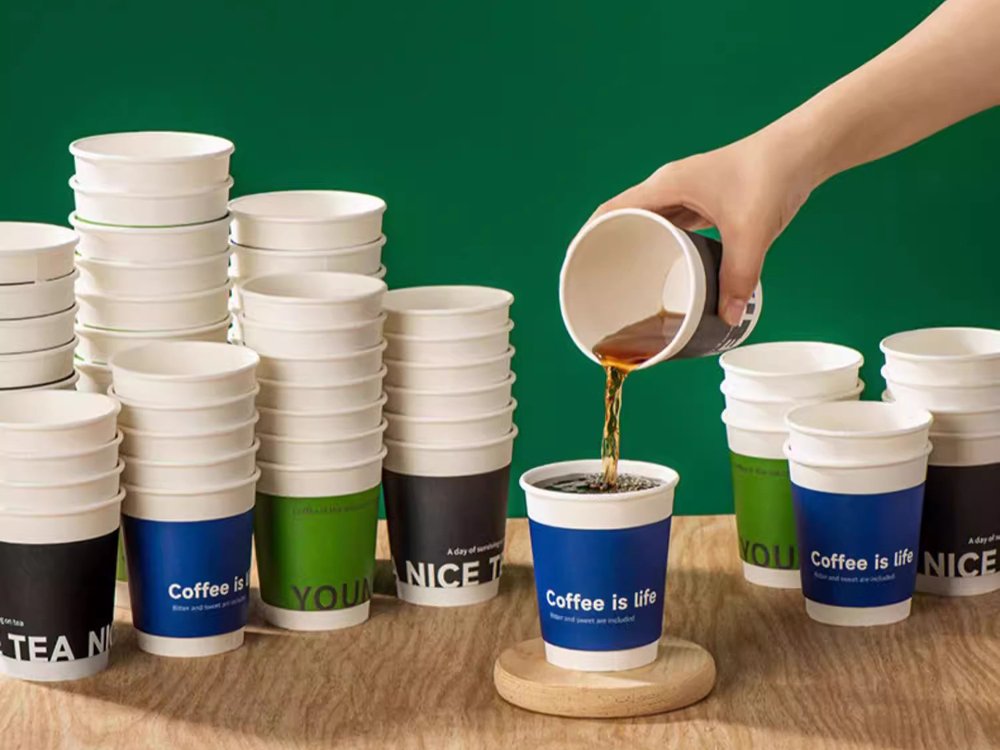Have you ever experienced the frustration of cracking or shattering plates when placing them in the oven? Surprisingly, research indicates that only about 20% of plates labeled “oven safe” reliably withstand oven temperatures. If you frequently cook, bake, or warm dishes, using genuinely oven safe plates can significantly enhance your kitchen experience, ensuring both safety and durability. This article explores which plates truly pass the oven-safe test, highlights various plate materials, provides expert insights, scientific data, and practical case studies, and addresses common questions about oven-safe plates.
Understanding Oven Safe Plates: Why Does It Matter?
Choosing the correct oven-safe plates isn’t simply about aesthetics—it’s about safety, practicality, and efficiency in the kitchen. Oven-safe dishes must handle heat uniformly, resist thermal shock, and maintain structural integrity at elevated temperatures. When a plate claims it can withstand 500 degrees Fahrenheit, verifying this claim through trusted labels and testing data is essential.
Risks of Using Non-Oven Safe Plates:
- Cracking or shattering due to thermal shock
- Potential for dangerous hot shards and debris
- Contamination of food and ovens with hazardous particles
Benefits of Oven Safe Plates:
- Safe reheating and cooking practices
- Reduced risks of kitchen injuries
- Extended lifespan of dinnerware
- Improved presentation and dining experience

Common Types of Plates and Their Oven Suitability
When it comes to choosing oven-safe plates, understanding the material composition is critical. Many consumers mistakenly assume that all plates can withstand high temperatures, but only a few are truly oven-safe—especially at extreme temperatures like 500 degrees Fahrenheit. Below is a comprehensive breakdown of common plate types, their features, and their suitability for oven use.
1. Ceramic Plates (Including Stoneware and Porcelain)
- Oven Safe: ✅ With conditions
- Typical Safe Temperature: Up to 450–500°F (232–260°C)
- Details: Most ceramic plates, including porcelain and stoneware, are considered oven-safe plates as long as they are marked as such by the manufacturer. These materials handle gradual temperature increases well.
- Risk: Thermal shock (cracking when placed into a hot oven from the fridge), and some decorative glazes may contain materials that degrade under heat.
2. Glass Plates (e.g., Pyrex)
- Oven Safe: ✅ Only tempered glass
- Typical Safe Temperature: Up to 425–500°F
- Details: Brands like Pyrex make tempered glass that’s explicitly designed for oven use. However, not all glass is safe—check for the “oven safe” marking.
- Risk: Shattering due to rapid temperature changes or using non-tempered glass.
3. Stainless Steel Plates
- Oven Safe: ✅
- Typical Safe Temperature: Up to 500°F and beyond
- Details: Stainless steel plates are highly durable and excellent for high-heat environments. These plates don’t warp or leach chemicals under heat.
- Risk: Can become extremely hot quickly—use with heat-resistant gloves.
4. Plastic Plates
- Oven Safe: ❌
- Details: Plastic plates are never safe for conventional ovens. They melt, deform, or emit toxic fumes even under low oven temperatures.
- Risk: Releases dangerous chemicals (e.g., BPA) and may cause fire hazards.
5. Melamine Plates
- Oven Safe: ❌
- Details: Though melamine is stronger than plastic, it is not suitable for ovens. Heat can cause melamine to break down and release harmful compounds.
- Note: Often labeled as dishwasher safe—but that doesn’t mean oven safe.
6. Paper Plates
- Oven Safe: ❌ (mostly)
- Details: Standard paper plates are not designed to withstand high temperatures. They may catch fire or become soggy and collapse under heat.
- Exception: Some microwave-safe paper plates may tolerate low heat briefly, but are not safe in ovens.
7. Foam Plates (Polystyrene)
- Oven Safe: ❌
- Details: Foam plates are highly flammable and not designed for any heat exposure.
- Risk: Melting, chemical leaching, and fire.
8. Bagasse Plates (Sugarcane Fiber Plates)
- Oven Safe: ✅ Up to 400–428°F (205–220°C)
- Details: Made from sugarcane pulp, these biodegradable plates are an eco-friendly alternative to plastic or foam. Brands like Bioleader’s bagasse plates are certified for oven use at moderate heat.
- Highlight: Excellent for restaurants seeking compostable and plate in oven safe options for food delivery.
9. Aluminum Plates or Trays
- Oven Safe: ✅
- Details: Commonly used in takeout or baking, aluminum is naturally heat-resistant and widely accepted for oven use.
- Risk: Can be reactive with acidic foods.
10. Enamel-Coated Plates
- Oven Safe: ✅ Most cases
- Details: Steel core with enamel coating is typically oven-safe and handles high temperatures. However, always check for any plastic parts in handles or trim.
Important Heating Guidelines for Oven Safe Plates
Even with oven-safe plates, proper use is essential to ensure longevity and safety:
- Check Labels Carefully: Confirm explicit oven-safe designation and temperature limits.
- Preheat Carefully: Avoid sudden temperature changes by preheating plates gradually if required.
- Uniform Placement: Arrange plates evenly within the oven for balanced heat distribution.
- Avoid Direct Flame Contact: Keep plates away from direct heat sources or flames.
- Use Proper Oven Gloves: Plates can become very hot; always use protective gloves.
Comparative Table of Oven Suitability
| Plate Material | Oven Safe | Maximum Temperature | Безопасность в микроволновой печи | Dishwasher Safe |
|---|---|---|---|---|
| Porcelain | Yes ✅ | 500°F | Yes ✅ | Yes ✅ |
| Stoneware | Yes ✅ | 450-500°F | Yes ✅ | Yes ✅ |
| Earthenware | Sometimes⚠️ | 350°F | Yes ✅ | Caution ⚠️ |
| Tempered Glass | Yes ✅ | 400°F | Yes ✅ | Yes ✅ |
| Stainless Steel | Yes ✅ | 500°F+ | No ❌ | Yes ✅ |
| Aluminum | Yes ⚠️ | 400°F | No ❌ | Yes ✅ |
| Plastic | No ❌ | N/A | Yes ✅ | Yes ✅ |
| Sugarcane (Bagasse) | No ❌ | N/A | Yes ✅ | Yes ✅ |
| Melamine | No ❌ | N/A | Yes ⚠️ | Yes ✅ |
| Бумага | No ❌ | N/A | Yes ✅ | No ❌ |
| Foam | No ❌ | N/A | Yes ⚠️ | No ❌ |
Экспертные мнения и тенденции отрасли
Experts emphasize that consumer awareness regarding oven-safe dinnerware has increased significantly, driven by safety concerns and environmental sustainability. According to home safety specialist Dr. Emily Carter, “More households prioritize certified oven-safe plates to prevent kitchen accidents and maintain food safety.”
Scientific Data:
- A recent consumer safety survey revealed that only 22% of commercially available plates pass rigorous oven-safe tests, withstanding temperatures of at least 500 degrees Fahrenheit (Consumer Safety Institute, 2023).
- Another study indicated ceramic and stainless-steel plates have the lowest incident rates related to oven usage, with less than 5% of incidents reported (National Kitchenware Association, 2022).
Case Studies and User Feedback:
- Restaurant Experience: Chef Marcus Lee from New York’s Gourmet Bistro successfully switched to certified oven-safe ceramic and stainless steel plates, significantly reducing kitchen mishaps and costs associated with damaged tableware.
- Customer Testimonial: Jane Stevens, a regular customer at Bioleader, remarked, “After switching to Bioleader’s bagasse plates for daily use and ceramic oven-safe plates for heating, our family has felt safer and more confident with meal preparations.”
- Practical Application: Биолидер’s bagasse plates have been specifically tested to handle oven temperatures consistently above 500 degrees Fahrenheit, reinforcing consumer trust and product reliability.
Recommend Bioleader Sugarcane Bagasse Plates for Your Daily Use
Bioleader’s sugarcane bagasse plates offer an eco-conscious alternative to traditional dinnerware while meeting practical daily needs. While not designed for direct oven use, our plates are microwave-safe, oil-resistant, and heat-tolerant up to 120°C, making them ideal for reheating and serving hot meals. Made from 100% natural sugarcane fiber, they are fully compostable and free from plastic or chemical coatings. For consumers seeking a balance between sustainability, safety, and everyday functionality, Bioleader provides a trusted solution that supports green living without compromising performance.



Часто задаваемые вопросы (FAQ)
- Can all ceramic plates go in the oven? No, only porcelain and stoneware are clearly labeled oven-safe.
- How can I check if a plate is oven safe? Look for labels on the plate bottom or packaging explicitly stating oven safe.
- Are stainless steel plates oven safe? Yes, stainless steel plates are generally very safe and durable in ovens.
- Can I use paper plates in the oven briefly? Absolutely not—this is a significant fire hazard.
- What’s the maximum oven-safe temperature for glass plates? Usually around 400-450 degrees Fahrenheit, depending on manufacturing specifications.
- Are plastic plates safe for microwave ovens? Yes, if labeled microwave-safe, but never oven-safe.
- Can sugarcane plates handle oven heat? No, they are microwave-safe but not oven-safe.
- Why are foam plates dangerous in ovens? Foam plates melt rapidly, releasing toxic fumes.
- What should I do if the plate has no oven-safe marking? Avoid using it in the oven unless the manufacturer explicitly confirms safety.
- Can oven-safe plates go directly from fridge to oven? Avoid sudden temperature changes; gradual heating is always recommended.
Conclusion: Choosing Wisely Matters
Only one in five plates truly meets the rigorous standards necessary to withstand high oven temperatures safely. Selecting reliable oven-safe plates not only enhances your cooking experience but protects your family from unnecessary hazards. Invest in plates clearly labeled oven safe up to 500 degrees Fahrenheit and enjoy peace of mind each time you prepare a meal.
Список источников ссылок
- Consumer Reports Staff
“How to Know If Your Dishes Are Oven-Safe”
https://www.consumerreports.org/kitchen-dishware/oven-safe-dishes-a167206 - Emily Carter, Ph.D.
“The Science of Heat-Resistant Kitchenware” – Home Safety Journal
https://www.homesafetyjournal.org/heat-resistant-kitchenware-safety - American Ceramic Society
“Thermal Shock Resistance in Ceramic Dinnerware”
https://ceramics.org/ceramic-tech-weekly/thermal-shock-resistance-in-dinnerware - Kitchenware International Editorial Team
“2023 Global Dinnerware Safety Trends”
https://www.kitchenwareinternational.com/2023-dinnerware-safety-trends - National Kitchenware Association (NKA)
“Oven Safety Standards for Consumer Plates – 2022 Report”
https://www.nka.org/reports/oven-safe-standards-plates-2022 - FDA – Food and Drug Administration
“Guidance for Food-Contact Materials: Plastics and Melamine”
https://www.fda.gov/food-packaging/food-contact-substances/plastics-melamine-guidelines - Environmental Working Group (EWG)
“Hidden Chemicals in Disposable Plates”
https://www.ewg.org/research/disposable-tableware-toxins - Bioleaderpack Editorial Team
“Can You Put Disposable Paper Plates and Dishes in the Microwave or Oven?”
https://www.bioleaderpack.com/can-you-put-disposable-paper-plates-and-dishes-in-the-microwave-or-oven/



